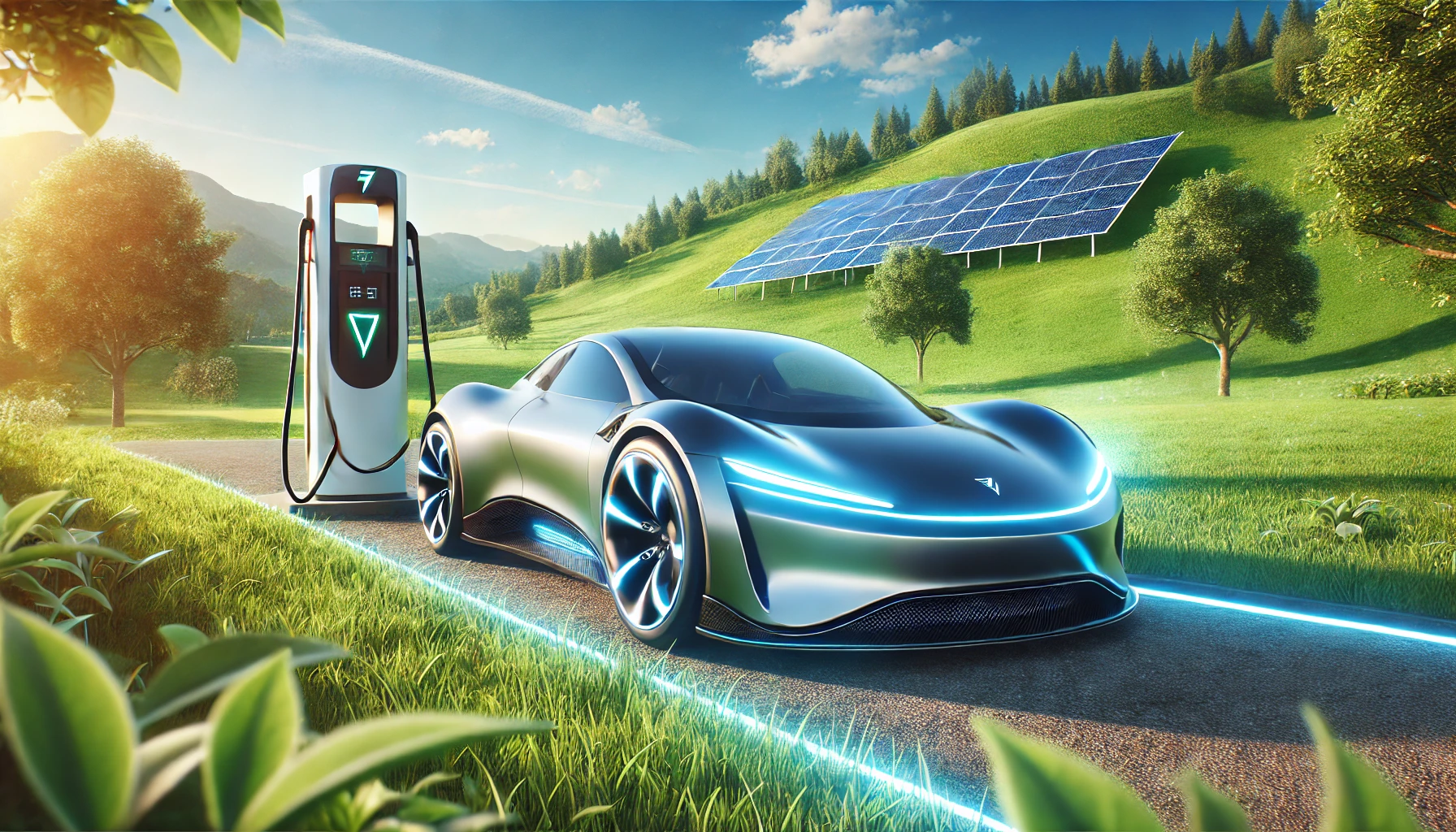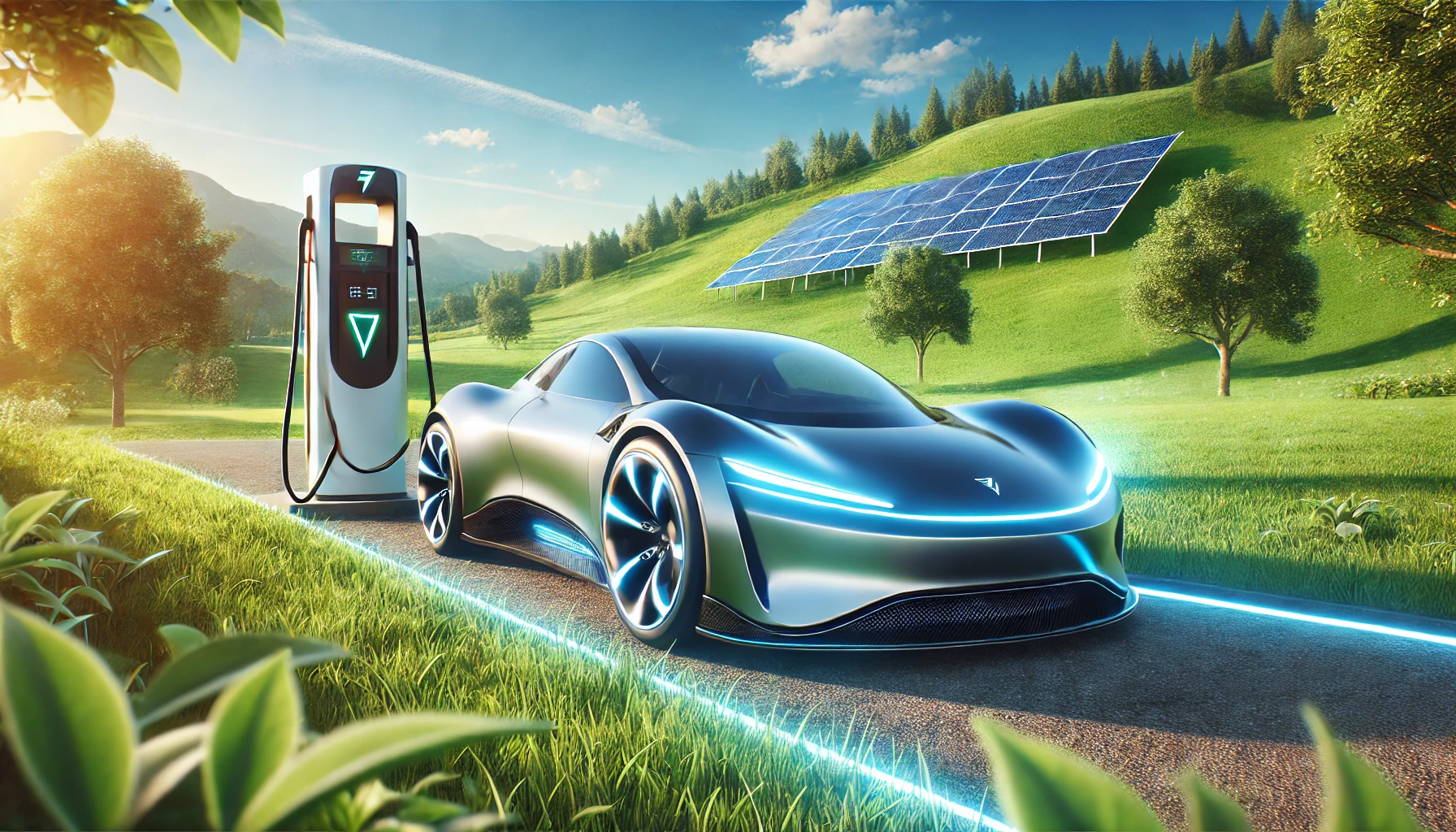
1. Why Electric Sports Cars Are Gaining Attention
1-1. The Environmental Burden of Gasoline Cars
The global automotive industry has long relied on gasoline-powered vehicles, which are among the largest contributors to greenhouse gas emissions. Electric sports cars, however, offer a groundbreaking alternative. These vehicles produce zero emissions during operation, directly addressing the carbon footprint that conventional cars leave behind. For instance, a gasoline-powered sports car can emit approximately 10 tons of CO2 annually, while an electric vehicle (EV) operating on renewable energy effectively emits none. This stark contrast highlights why EVs are not just a trend but a necessity for sustainable living.
1-2. The Global Shift Toward Electric Vehicles
Governments and corporations around the globe are actively promoting the adoption of electric vehicles to combat climate change. For example, Norway plans to ban the sale of internal combustion engine cars by 2025, while California aims for 100% EV sales by 2035. These policies are not only reducing carbon emissions but are also reshaping consumer expectations, making electric sports cars a symbol of innovation and responsibility.
1-3. The Growth of the Electric Sports Car Market and Its Eco Impact
Electric sports cars like the Tesla Roadster and Porsche Taycan are redefining performance with sustainability in mind. The market for these vehicles is expanding rapidly, with annual growth rates exceeding 30% in some regions. As this market grows, it contributes significantly to reducing global dependency on fossil fuels, further emphasizing the role of electric sports cars in environmental conservation.
2. How Electric Sports Cars Reduce Greenhouse Gases
2-1. The Reality of Zero Emissions During Driving
Electric sports cars are celebrated for their zero-emission capabilities during operation. Unlike gasoline vehicles, which release CO2 and other pollutants, EVs emit nothing from their tailpipes. For instance, over a typical 200,000-kilometer lifespan, an EV can save approximately 30 tons of CO2 compared to its gasoline counterpart. This benefit becomes even more pronounced as renewable energy sources power EVs.
2-2. Energy Efficiency and Its Environmental Benefits
Electric motors convert over 85% of electrical energy into motion, a significant improvement over the 20-30% efficiency of internal combustion engines. This efficiency translates into lower energy consumption and reduced emissions when charging from the grid. For example, a Porsche Taycan consumes roughly 20 kWh per 100 kilometers, demonstrating its ability to balance performance and energy conservation.
2-3. Challenges of CO2 Emissions During Energy Production
Although EVs eliminate tailpipe emissions, the electricity they use often comes from mixed sources, including fossil fuels. For instance, charging an EV in a coal-dependent region might offset some of the emission benefits. However, the growing shift toward renewable energy mitigates this concern, making EVs increasingly eco-friendly with time.
3. The Battery and Recycling Challenges of Electric Sports Cars
3-1. The Environmental Impact of Lithium-Ion Batteries
The production of lithium-ion batteries, a critical component of electric sports cars, involves significant environmental challenges. Mining lithium, cobalt, and nickel requires vast amounts of water and can lead to habitat destruction. For example, mining lithium in Chile’s Atacama Desert consumes over 500,000 gallons of water per ton of lithium extracted, affecting local ecosystems.
3-2. Advances in Battery Recycling Technology
To address these issues, companies are developing advanced recycling technologies. Firms like Redwood Materials are leading the way, recovering over 95% of critical metals from used batteries. Such innovations reduce the need for new mining and help make electric sports cars more sustainable in the long run.
3-3. Sustainability Challenges in Resource Extraction
Despite progress, ethical and environmental concerns persist in resource extraction. For instance, cobalt mining in the Democratic Republic of Congo has been criticized for unsafe working conditions. Moving toward more sustainable and transparent sourcing is crucial for the future of electric sports cars.
4. The Urban Environmental Changes Brought by Electric Sports Cars
4-1. Air Quality Improvements from Reduced Exhaust
Electric sports cars contribute significantly to cleaner air in urban areas by eliminating exhaust emissions. Cities like London have reported a 35% reduction in nitrogen dioxide levels in areas with high EV adoption. This shift not only improves public health but also enhances the overall quality of life in cities.
4-2. The Impact of Quiet Vehicles on City Life
The near-silent operation of electric sports cars creates a quieter urban environment. This reduction in noise pollution benefits residents, particularly in densely populated areas. However, the silence has also raised concerns about pedestrian safety, leading to the implementation of artificial sounds in some EVs.
4-3. Societal Benefits of Electric Sports Car Adoption
The widespread adoption of electric sports cars fosters job creation in renewable energy and EV manufacturing sectors. Additionally, the infrastructure development for EVs, such as charging stations, revitalizes urban planning and boosts local economies.
5. Challenges and Prospects for a Sustainable Future
5-1. Integration with Renewable Energy Sources
Maximizing the environmental benefits of electric sports cars requires integrating them with renewable energy. Solar-powered EV charging stations are a promising development, ensuring that the electricity powering EVs is as clean as their operation.
5-2. Infrastructure Expansion for Broader Adoption
The success of electric sports cars hinges on a robust charging infrastructure. Countries like Germany have made significant progress, with over 50,000 public charging points, but many regions still lag behind. Addressing this disparity is critical for widespread EV adoption.
5-3. The Potential of Electric Sports Cars to Shape the Future
Electric sports cars represent more than just a shift in transportation—they symbolize a commitment to innovation and sustainability. As technology advances and adoption increases, these vehicles have the potential to redefine our relationship with mobility and the environment.
Conclusion
Electric sports cars are not merely a trend; they are a crucial step toward a sustainable future. By addressing challenges in battery production, energy sourcing, and infrastructure, they can transform the automotive industry while significantly reducing environmental impacts.



Comment